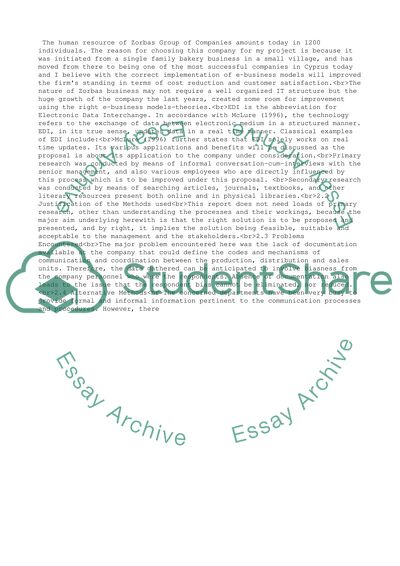Cite this document
(“An e-commerce proposal for a company Case Study”, n.d.)
An e-commerce proposal for a company Case Study. Retrieved from https://studentshare.org/business/1526429-an-e-commerce-proposal-for-a-company
An e-commerce proposal for a company Case Study. Retrieved from https://studentshare.org/business/1526429-an-e-commerce-proposal-for-a-company
(An E-Commerce Proposal for a Company Case Study)
An E-Commerce Proposal for a Company Case Study. https://studentshare.org/business/1526429-an-e-commerce-proposal-for-a-company.
An E-Commerce Proposal for a Company Case Study. https://studentshare.org/business/1526429-an-e-commerce-proposal-for-a-company.
“An E-Commerce Proposal for a Company Case Study”, n.d. https://studentshare.org/business/1526429-an-e-commerce-proposal-for-a-company.


